A few years ago, the product designer’s day began with in-depth reviews of product documentation, followed by lengthy hours in design tools like Figma. Every pixel was carefully crafted, and every user interaction meticulously planned.
The designer was the architect of the user experience, making decisions based on research, intuition, and creative problem-solving. The process was manual and highly dependent on the designer’s individual expertise.
Today, the landscape has changed. With a single prompt, AI now generates fully-realized UI designs, complete with wireframes, optimized flows, and layout suggestions. The designer no longer starts with a blank canvas. They begin with AI-generated possibilities. The product designer’s role has shifted from creation to curation: guiding AI, ensuring user empathy, refining designs, and elevating them with a strategic vision.
This transformation reflects the broader evolution of the design industry, where AI is a collaborative partner in crafting exceptional user experiences. As we embrace this new AI-powered design landscape, the designer’s role is less about manual execution and more about shaping design-led business outcomes.
The AI-first design landscape
In 2024, 44% of UX designers reported gaining a competitive advantage through AI technologies. The integration of Artificial Intelligence into UX/UI design has transcended basic automation, ushering in an era where AI acts as a collaborative partner rather than a mere tool.
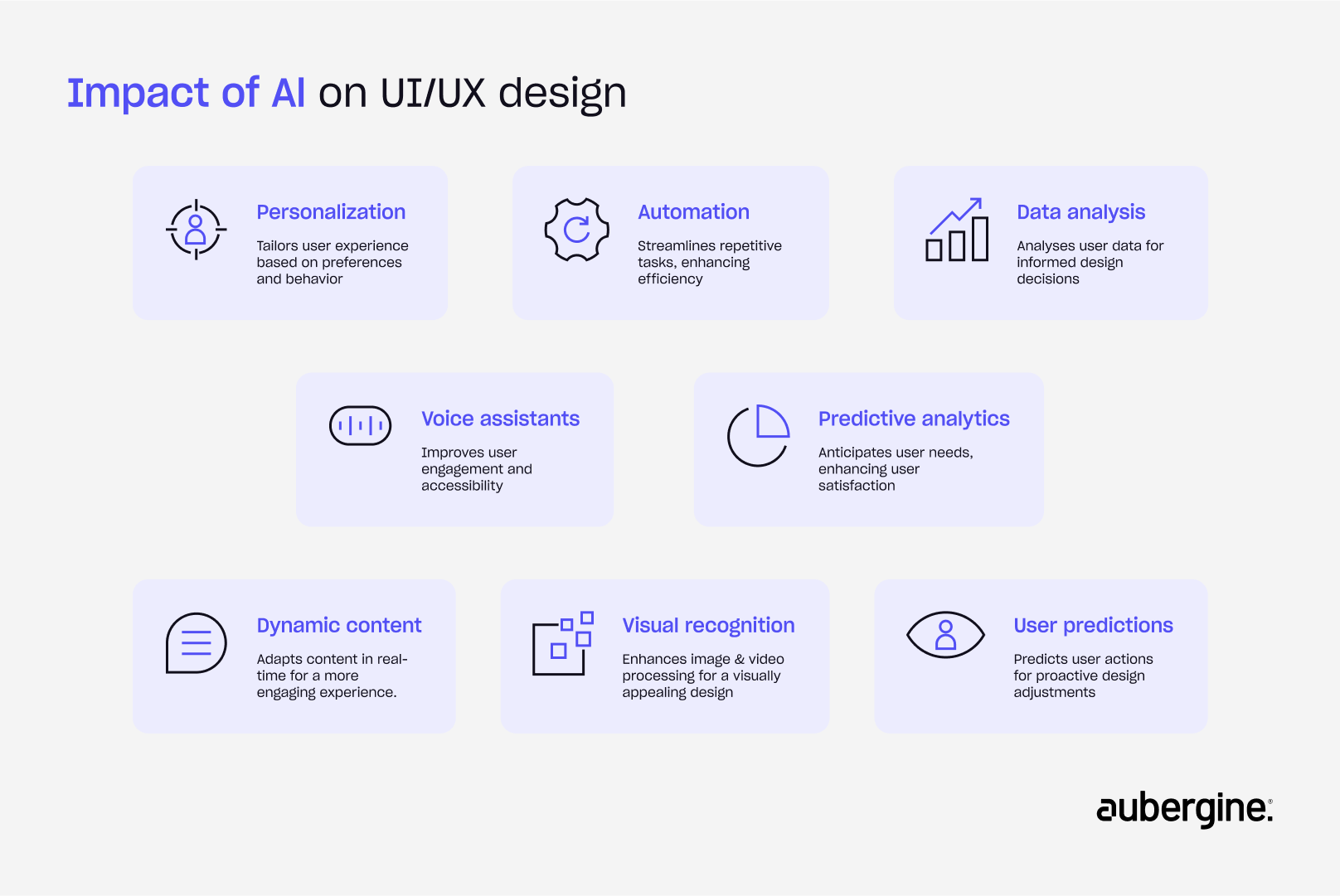
AI's role extends to automating repetitive tasks such as wireframing and layout adjustments, allowing designers to focus on strategic and creative aspects. This evolution signifies a move from traditional design processes to a more agile, data-driven approach.
Human-AI collaboration offers a strategic edge in the design process. While AI handles data-intensive tasks, humans provide emotional intelligence, cultural context, and strategic product decisions.
Moreover, McKinsey estimates that AI could contribute up to $4.4 trillion in added productivity growth across various industries, underscoring the economic impact of AI integration. In design, this translates to faster iteration cycles, enhanced personalization, and more inclusive user experiences.
The new era of vibedesign
The rise of vibedesign is transforming product design, with tools like Cursor and Lovable enabling designers to create dynamic, multimodal experiences. These platforms go beyond static layouts, allowing the creation of robust, scalable solutions suitable for enterprise-level deployment. For instance, Cursor lets designers build entire applications using natural language, seamlessly integrating design and development.
Platforms like Figma Make and Figma Sites streamline collaboration by allowing designers to generate functional products and live websites directly within the design environment. Figma Make turns simple descriptions into tangible outputs, while Figma Sites enables interactive, deployable websites without switching tools.
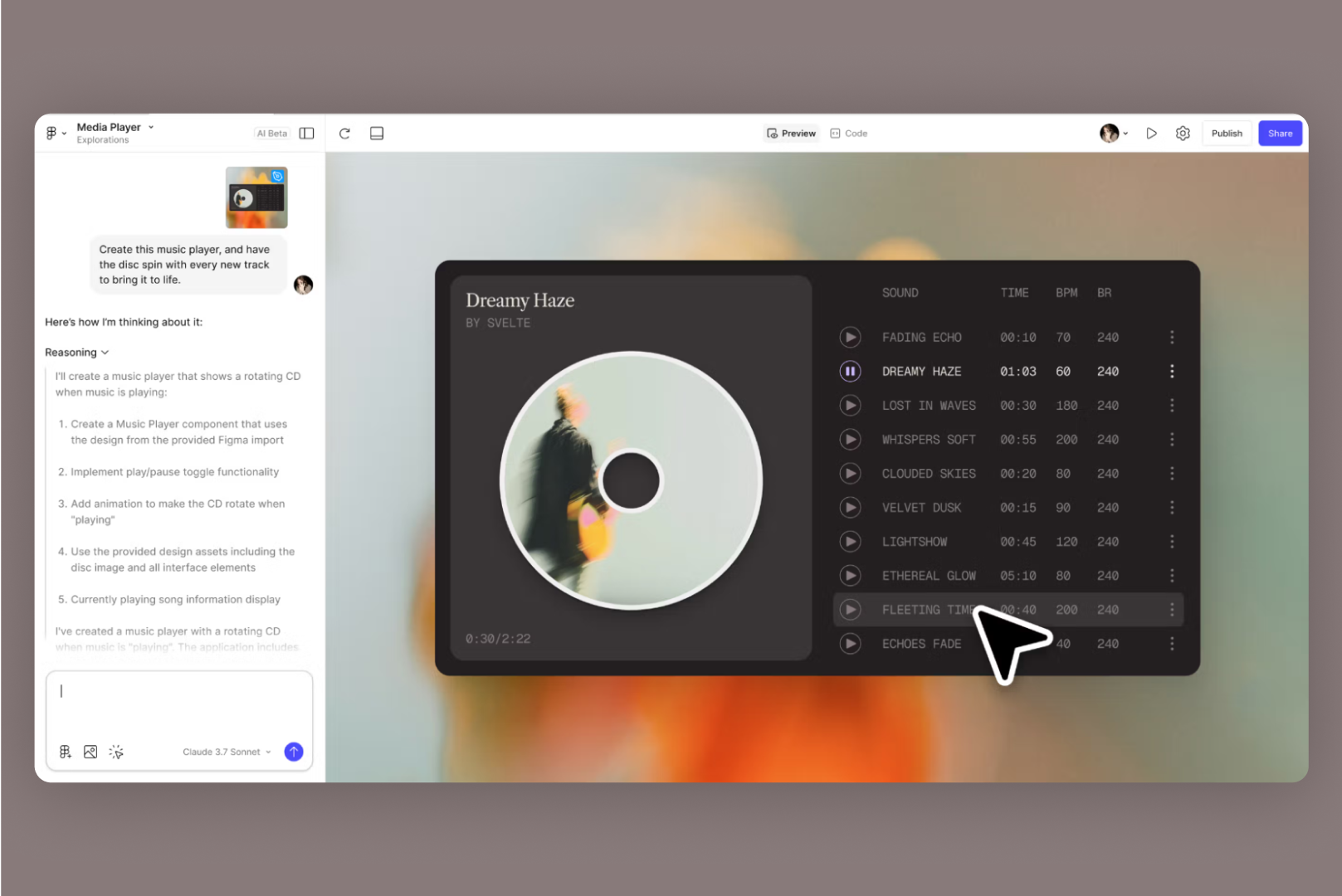
Google Stitch and similar AI-driven tools automate UI code generation from text prompts, facilitating faster, enterprise-grade product development. These tools also support multimodal interactions like voice, touch, and gesture, ensuring designs are accessible and responsive across various devices. By leveraging AI, designers can create adaptive, emotionally resonant experiences that drive engagement and enhance user-centric design. Vibedesign is revolutionizing workflows, making product development more collaborative, scalable, and efficient.
AI agents and copilots as creativity augmentors
AI is enabling designers to focus on what they do best: humanizing experiences and driving innovation through strategic design decisions. AI agents and copilots act as powerful assistants, streamlining routine tasks and empowering designers to focus on high-value, strategic design. By providing real-time feedback based on user behavior, AI helps ensure that design choices align with user preferences and needs, enhancing the overall experience.
These AI tools also assist with automated A/B testing, offering data-backed insights that help designers make informed decisions quickly. With built-in accessibility and compliance checks, AI agents can help ensure that designs meet industry standards, making it easier to create inclusive, legally compliant products.
Additionally, AI copilots offer personalized design recommendations tailored to specific user personas, elevating the customization of user experiences and ensuring designs resonate deeply with target audiences. By augmenting creativity with AI, designers can move past repetitive tasks and into more strategic, innovative work.
The evolving design process
The Double Diamond framework has long been the backbone of product design, moving teams methodically from discovery and definition to development and delivery, each stage building on the last. Now, with AI at the core, the design process is no longer linear. Research, ideation, prototyping, and testing all happen at once, feeding into each other through real-time data and collaboration.
AI tools surface insights and generate ideas on demand. Designers guide the process, bringing judgment and nuance to every decision, continually shaping the direction as new signals emerge. Workflows feel alive, constantly learning, adapting, and moving forward, with the designer and AI acting as true partners throughout the journey.
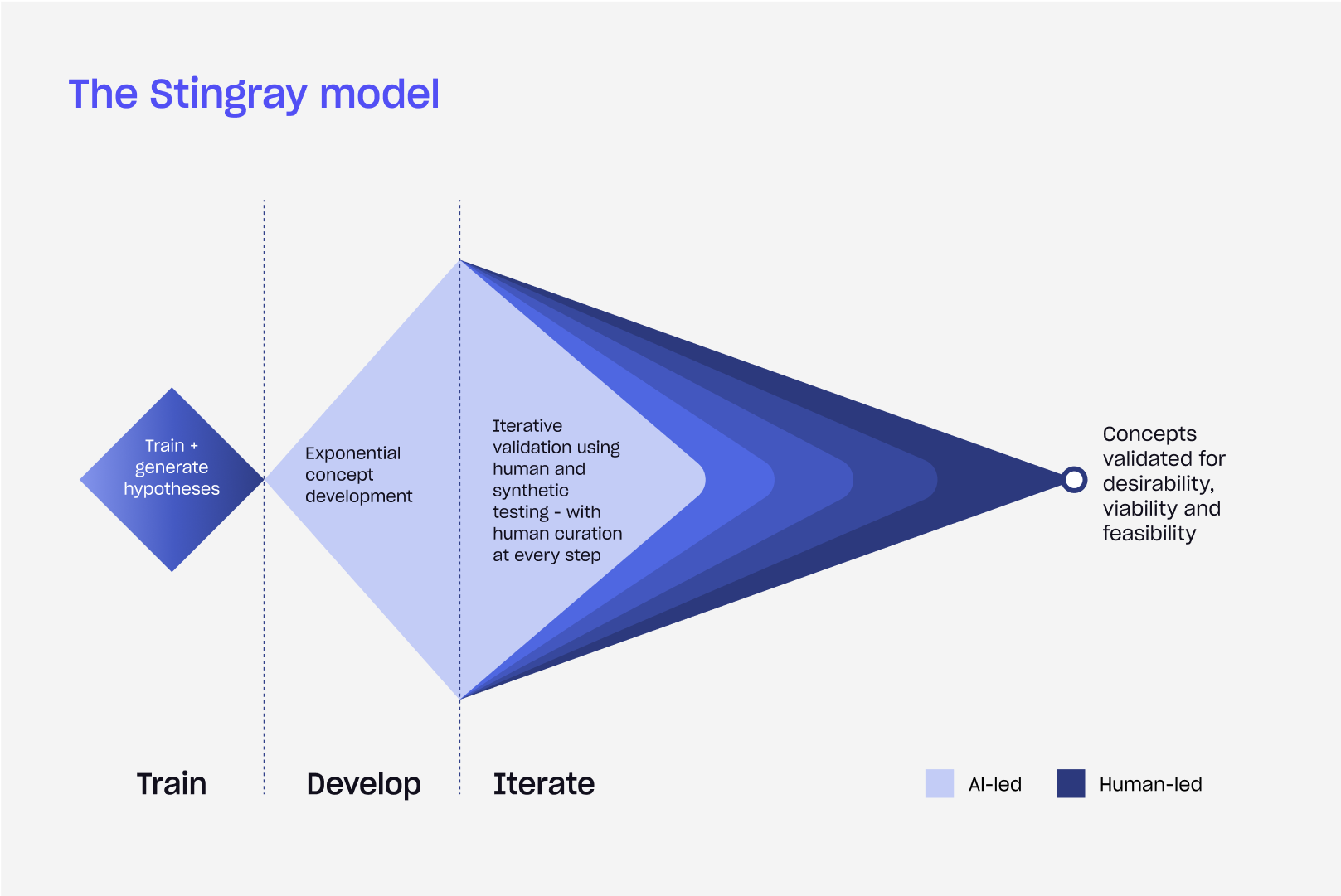
One notable example of this shift in the design process is BOI’s Stingray model. The core concept of this model challenges the traditional, sequential approach to design by emphasizing continuous and iterative loops. The Stingray model encourages rapid experimentation and feedback integration, allowing design teams to constantly recalibrate based on real-time inputs.
In this dynamic environment, the focus shifts from a linear path to a more flexible, adaptive system, where innovation can emerge in multiple directions simultaneously.
Redefining the designer's role: The four pillars of curation
Designers are now tasked with ensuring that the output aligns with strategic goals, and maintaining the creative integrity of their designs. Here are the four pillars of curation in the modern AI-driven design landscape:
1. Product and design strategy
The role of designers is evolving as they move from being creators of interfaces to becoming integral product strategists. With AI now embedded in the design process, designers are taking on the responsibility of setting the vision, tone, and functional goals of a product, while AI automates routine tasks and provides deep insights into user behavior.
This shift allows designers to focus on making data-driven, strategic decisions that align with key business objectives, ensuring that the product vision is not just user-centric but strategically grounded.
AI accelerates the design process by enabling designers to experiment, iterate, and test quickly. With access to real-time data, designers can refine user experiences, test hypotheses, and adjust designs based on measurable outcomes like conversion rates and user engagement. This dynamic process allows for greater flexibility and faster innovation while ensuring the design choices are aligned with both the user experience and business goals.
However, while AI is exceptional at optimizing workflows and surfacing patterns, true breakthroughs often come from human insight. Designers are able to recognize anomalies, make unexpected connections, or notice subtle shifts in data that AI is not trained to detect.
These "Eureka" moments of creativity are what drive innovation, sparking ideas that algorithms cannot predict, moments that are integral to strategic product decisions.
2. Human-centered refinement
While AI can generate designs quickly and efficiently, it is the human designer who ensures that empathy and emotional intelligence are woven into the final product. Designers must adapt AI-generated solutions to real-world scenarios, taking into account cultural context, emotional responses, and usability.
It is the designer’s responsibility to ensure that AI-generated designs meet accessibility standards and align with inclusive design principles, making sure they are usable by people with disabilities. This human-centered approach ensures that AI doesn’t just create functional designs, but designs that resonate deeply with users.
Despite AI's advancements, certain human qualities remain irreplaceable in the design process. For example, AI may suggest color schemes based on analytics or user preferences, but it cannot inherently understand how a color palette might evoke nostalgia, warmth, or urgency in a particular cultural or social context. AI is also limited in its ability to think strategically in a business context. Designers, however, leverage their understanding of emotional design, customer needs, and company objectives to create designs that drive measurable outcomes.
AI enhances design efficiency and refines existing concepts but lacks the creativity needed for true innovation. Human designers are essential for generating fresh, groundbreaking ideas and pushing creative boundaries.
3. Design-dev collaboration
In high-performing teams, designers and developers co-create user flows and prototypes in real time, leveraging shared tools like Figma, Live Preview IDEs, and AI coding tools. This early-stage collaboration is now mission-critical.
Agile usability engineering has long advocated for continuous feedback loops, but AI is accelerating this practice. Joint design and dev sessions enable immediate feasibility checks and performance-aware design decisions. Moreover, teams using live collaboration tools paired with code previews reduce friction, align expectations, and shorten iteration cycles.
One visible example comes from Microsoft's AI integration strategy. According to Jon Friedman, Microsoft's design lead, AI is breaking down silos. Designers and engineers now experiment side by side, orchestrating assets and prototypes in a unified, AI-supported creative environment.
Similarly, McKinsey reports that enterprise-level product development powered by AI enables developers and designers to collaborate continuously on concept validation, performance optimization, and user-focused improvements throughout the lifecycle
This isn't an incremental change but a seismic shift. Designers and developers co-own code, data, prototypes, and feedback. Designers define intents, engineers validate interactively, and AI surfaces options. Together, this hybrid team shapes experience, code, and strategy from day zero.
4. Facilitating business outcomes
Designers are increasingly responsible for interpreting and translating a founder’s vision into actionable product strategy, ensuring that every UX decision directly serves core business objectives. As their role expands, designers are now tasked with thinking strategically about how UX changes can drive key business outcomes, such as optimizing customer lifetime value, improving retention, and increasing conversions. This shift means that designers are not just focused on the user experience but on how their design decisions influence long-term business success.
In fast-paced startups racing to go to market, designers may prioritize speed, differentiation, and rapid iteration, continually gathering user feedback and pivoting quickly when metrics demand it. In more established enterprises, however, the focus shifts to scalability, regulatory compliance, and seamlessly integrating new design patterns without disrupting critical workflows. In both scenarios, designers must align every decision with broader business objectives.
Designers must be deeply attuned to where the product is in its lifecycle, the competitive landscape, and which business KPIs are truly make-or-break. They need to balance immediate user needs with long-term business goals. As such, the role of the designer has grown to include a direct responsibility for business outcomes, driving product-led revenue and market expansion. Now, designers are not just problem-solvers; they are key players in shaping business strategy, ensuring that design decisions contribute to growth and measurable value.
Mastering the curator mindset
To thrive in this new era, designers must evolve beyond traditional skill sets. Mastering the curator mindset means adopting new ways of thinking, learning, and collaborating. It’s a world where human judgment guides every AI-powered possibility.
Cognitive shifts
Curatorship starts with a new mental model. Designers move beyond the traditional sprint mentality, embracing ongoing cycles of iteration where ideas are shaped, tested, and refined with AI’s support.
AI isn’t a replacement, but a collaborator, one that accelerates creative exploration and lets designers focus on solving real business problems through the lens of user experience. Strategic thinking becomes second nature, as designers learn to connect business objectives with design decisions at every stage.
Learning mindset
To excel, today’s designer must actively seek out new tools and platforms, AI-first design suites, multimodal prototyping environments, and smart evaluation engines. Understanding what AI can and cannot do is crucial for establishing effective boundaries and maximizing value.
Building effective workflows for human-AI collaboration and developing the discipline for rapid iteration and feedback are now core design skills. The ability to quickly evaluate, refine, and elevate AI-generated options distinguishes those who merely utilize AI from those who truly master it.
The AI-first world needs curators
In an AI-first world, curatorship is the superpower. The most valuable designers are those who can orchestrate technology, context, and human insight. This can transform endless AI-generated possibilities into clear, impactful, and meaningful solutions.
Product design is entering its most transformative era yet. As AI accelerates the pace and expands the canvas, the role of the product designer is defined not by how much they create, but by what they choose to champion, refine, and launch. The curator mindset which is equal parts strategist, critic, and creative partner, sets the new standard.
Those who lean into this shift will shape products that stand out in crowded markets and deliver real business results.
" AI frees up deisgners to focus on what they do best: create problem-solving and innovation"
- John Maeda, Chief Experience Officer at Publicis Sapient
The tools are evolving, but the mission remains the same: create experiences that matter, move the business, and leave a mark. In this new landscape, the best designers aren’t just keeping up, they’re setting the pace. The future belongs to the curators.
At Aubergine, we understand that the key to designing impactful, transformative digital experiences lies in harnessing the power of both AI and human insight. By combining cutting-edge technology with a curator mindset, we craft digital product experiences that are not only innovative but are strategically aligned with your business objectives.
Whether it's refining user experience, optimizing workflows, or driving meaningful results, our approach is designed to create long-lasting value that resonates with users and drives business growth. Learn more about how we create digital product experiences that make an impact.
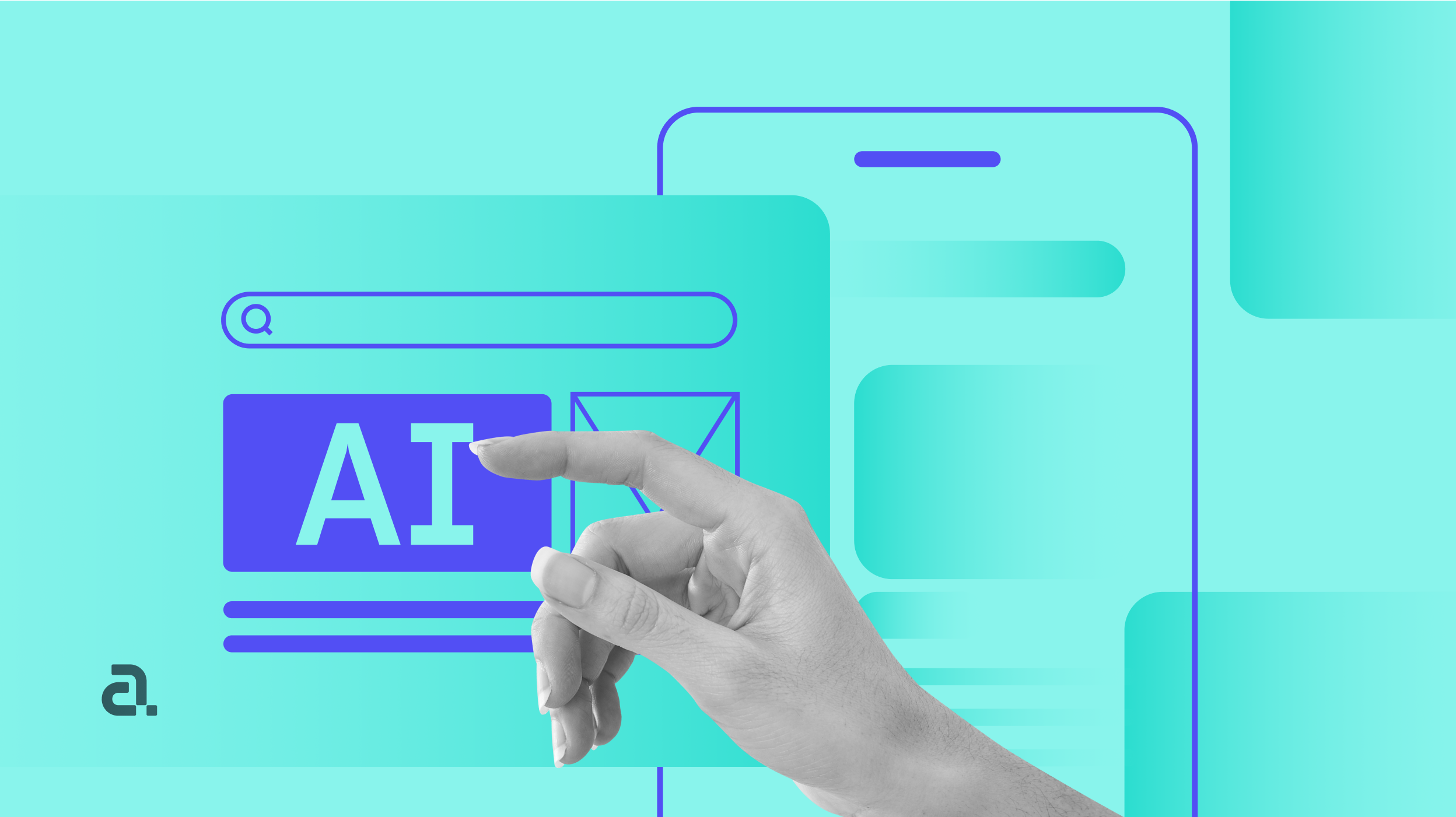






.webp)
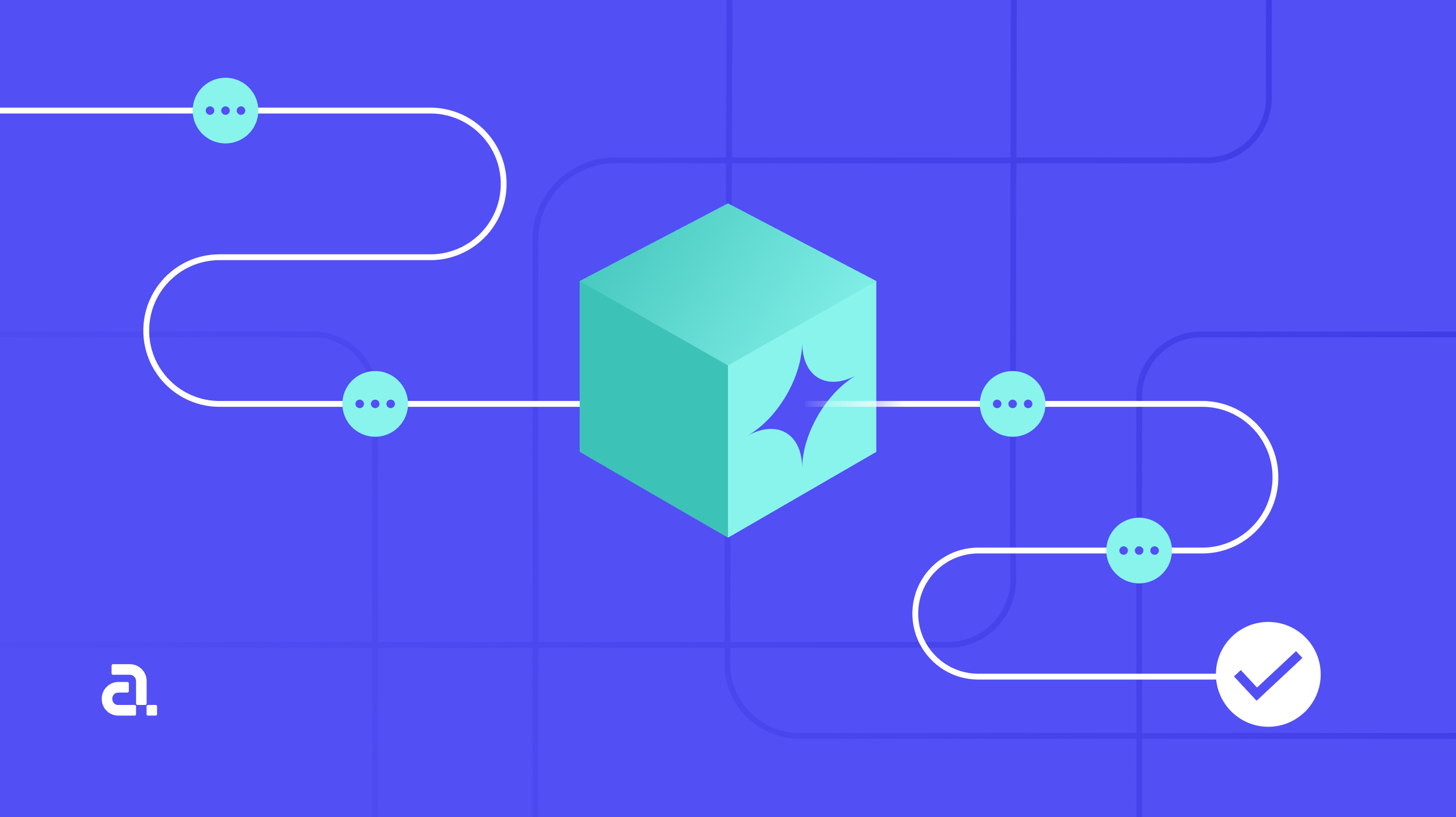
.webp)